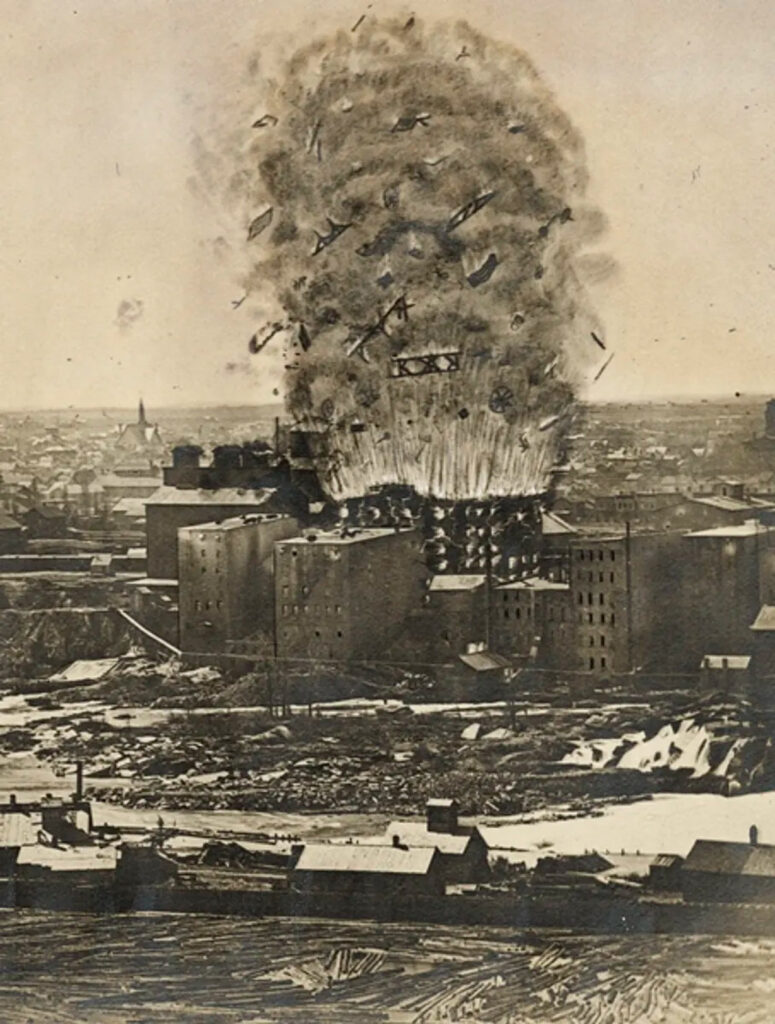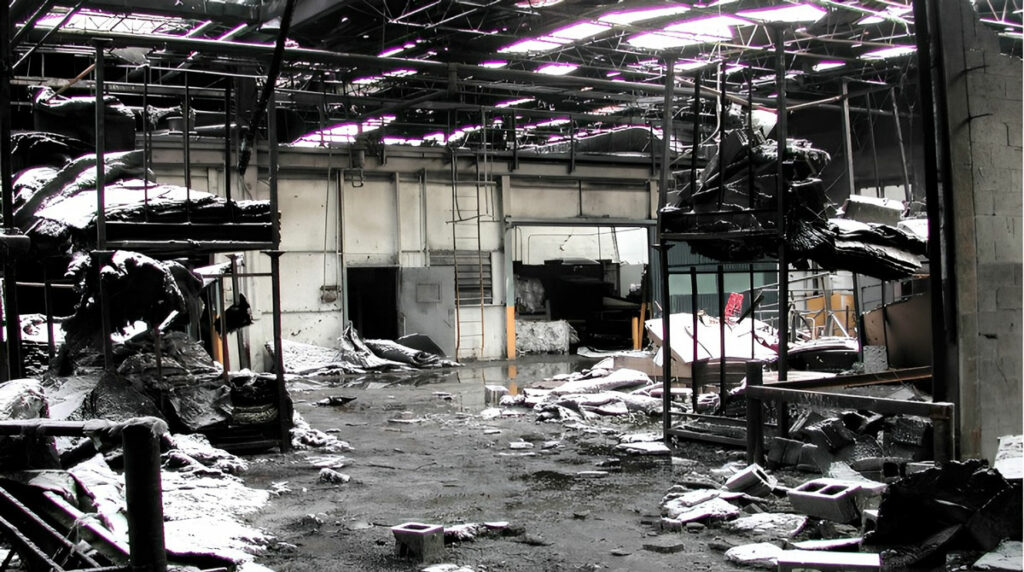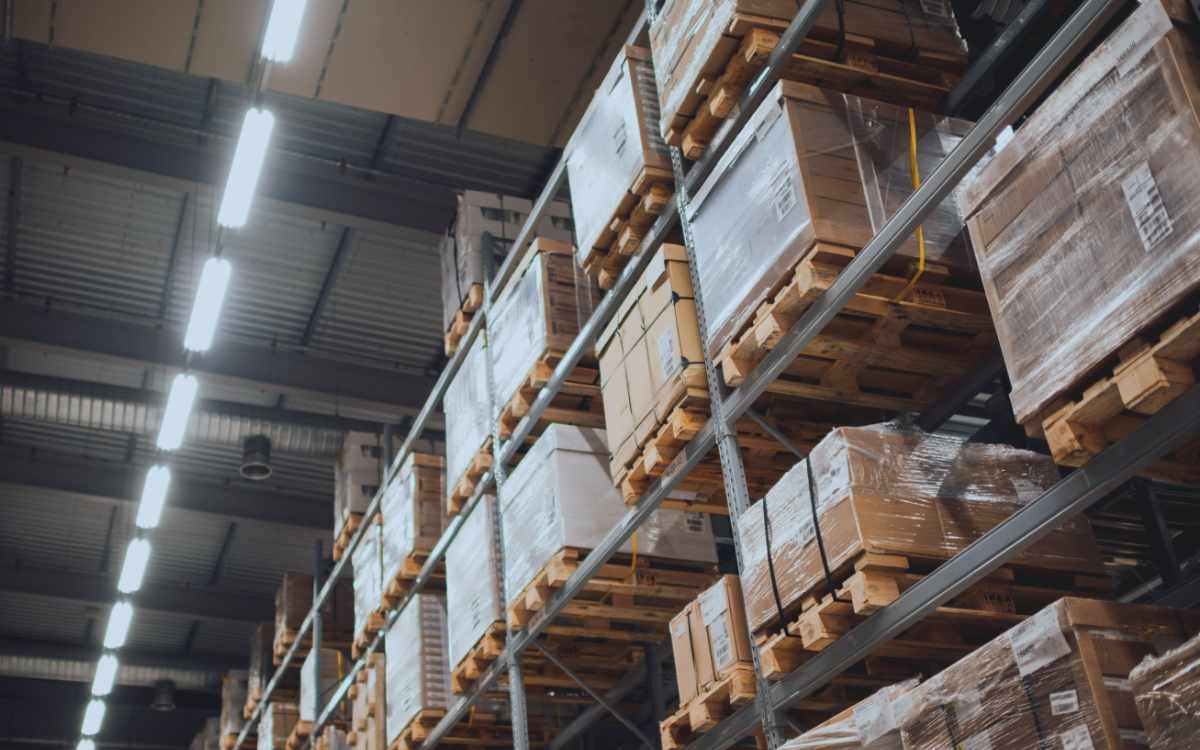Combustible dusts pose significant hazards in many industrial settings, and understanding the types of dust that can cause explosions is crucial for maintaining safety. In the dust collection industry, there are numerous types of combustible dusts that are frequently encountered. This blog post aims to provide an overview of some common combustible dusts, their sources, and the risks associated with them.
What is Combustible Dust?
Combustible dust consists of fine particles that, when suspended in air, can ignite and cause deflagrations. The dangers arise when these airborne dust particles encounter an ignition source, leading to a rapid combustion reaction. The presence of combustible dust in industries is a serious safety concern and has led to many tragic accidents.
Common Combustible Dust Types
1. Wood Dust
Sources: Woodworking industries such as sawmills, furniture manufacturing, and paper mills
Risks: Wood dust is highly flammable and can quickly accumulate in workspaces. Sawdust can create a significant explosion hazard if not effectively managed.
Example: Babine Forest Products, a sawmill in Burns Lake, British Columbia, experienced a dust explosion in 2012. The mill was in the process of installing an upgraded dust collection system. Prioritizing production over safety, they continued operations with an inadequate system during its upgrade. A buildup of wood dust near a conveyor belt motor was ignited by friction rotating belts and caused the explosion.
Source: Canadian Broadcasting Corporation
2. Metal Dust
Sources: Metalworking processes including grinding, cutting, and polishing; Common combustible dust from metals include aluminum, magnesium, and titanium
Risks: Metal dusts are highly explosive. Aluminum and magnesium dusts, for example, can cause violent explosions when ignited, often requiring dust collection with specific combustible dust accessories.
Example: In 2015, a fire caused by metal dust engulfed the Joseph Freedman Recycling Co., a metal recycling facility in Springfield, Massachusetts. The fire was caused by magnesium dust, which is extremely combustible. Due to the nature of the dust, and the high heat of the fire, the responders had no option but to let the fire dissipate on its own, leading to further loss at the facility.
Source: Hughes Environmental
3. Food and Grain Dust
Sources: Agricultural industries, food processing plants, and bakeries. Examples include flour, sugar, grain, and spices.
Risks: Organic dusts from food and grains are very combustible. Historical records show that grain dust explosions are among the most common industrial explosions, often leading to devastating consequences.
Example: In 1878, a grain mill explosion occurred at Washburn A Mill in Minneapolis. This was one of the largest mills in the US at the time and would grow into what is now General Mills. Flour dust suspended in the air ignited, and the mill exploded, leveling five additional mills and spreading flames across several city blocks.
Source: General Mills
4. Coal Dust
Sources: Mining operations and coal-fired power plants
Risks: Coal dust is highly explosive and has been the cause of many mining accidents. Proper ventilation and dust collection are critical in these environments to prevent coal dust explosions.
Example: Considered the deadliest coal mine accident in history, the Benxihu Colliery Disaster claimed the lives of over 1,500 miners. An explosion of gas and dust caused the 1942 tragedy. Authorities decided to seal the mine, cutting off the fire’s oxygen inside. This devastatingly trapped the miners inside where they were left to die.
Source: Asterra
5. Textile Dust
Sources: Textile manufacturing, especially during the processing of cotton, wool, and synthetic fibers
Risks: Dust from textile fibers can create a significant explosion risk in mills and production facilities.
Example: In 2001, an Italian wool factory experienced multiple dust incidents because of poor housekeeping. It took one spark to set ablaze dust that had been lying on nearby surfaces. From there, a series of secondary explosions rocked the facility. This incident killed three employees and caused considerable damage to the factory.
Source: United States Environmental Protection Agency
 6. Plastic Dust
6. Plastic Dust
Sources: Plastic manufacturing and recycling plants
Risks: Plastic dust can accumulate and ignite under certain conditions. This dust is often produced during the cutting, grinding, and polishing of plastic materials.
Example: Tragedy struck the CTA Acoustics manufacturing plant in Corbin, Kentucky on February 20, 2003. An explosion and fire ripped through the facility, tragically killing seven workers. The plant produced fiberglass insulation for the automotive industry. The cause was determined as a buildup of resin dust in a production area. This dust, likely ignited by flames from a malfunctioning oven, fueled the explosion.
Source: Chemical Safety Board
Mitigating Hazards from Common Combustible Dusts
Understanding the risks associated with combustible dusts is the first step in mitigating potential hazards. Here are some key strategies for managing these risks:
1. Dust Collection Systems
- Design and Maintenance: Properly designed and maintained dust collection systems are essential. These systems should be designed to capture dust at its source and prevent it from accumulating in the work environment.
- Explosion Protection: Implement explosion protection systems such as explosion vents, suppression systems, and isolation devices to protect against dust explosions.
2. Housekeeping Practices
- Regular Cleaning: Establish and maintain a rigorous cleaning schedule to prevent dust buildup on surfaces, equipment, and floors.
- Proper Disposal: Safely dispose of collected dust to prevent re-suspension and accumulation.
3. Ignition Source Control
- Control Sources: Identify and control potential ignition sources, including sparks, static electricity, hot surfaces, and open flames.
- Electrical Equipment: Use appropriately rated electrical equipment in areas where combustible dust is present.
4. Training and Awareness
- Employee Training: Train employees on the hazards of combustible dust and the proper use of dust collection and explosion protection systems.
- Safety Protocols: Develop and enforce safety protocols to ensure consistent and safe handling of combustible dust.
Combustible dusts present significant hazards in various industrial settings, but with proper understanding, planning, and implementation of safety measures, these risks can be effectively managed. Ensuring the safety of workers and facilities requires a comprehensive approach, including effective dust collection systems, control of ignition sources, and ongoing employee training. By recognizing and addressing the dangers of combustible dust, industries can maintain safer and more efficient operations.
While this list highlights the more common combustible dusts, it is by no means comprehensive. Dusts produced or present in a facility should be tested. This will determine the risk for flammability or combustibility with a particular dust.
If your dust has never been tested, or if your process has changed since the last time it was tested, it is imperative to do so. The team at Imperial Systems will facilitate your dust test and help you understand the results. Contact us at 800.918.3013 or aftermarketsales@isystemsweb.com.


